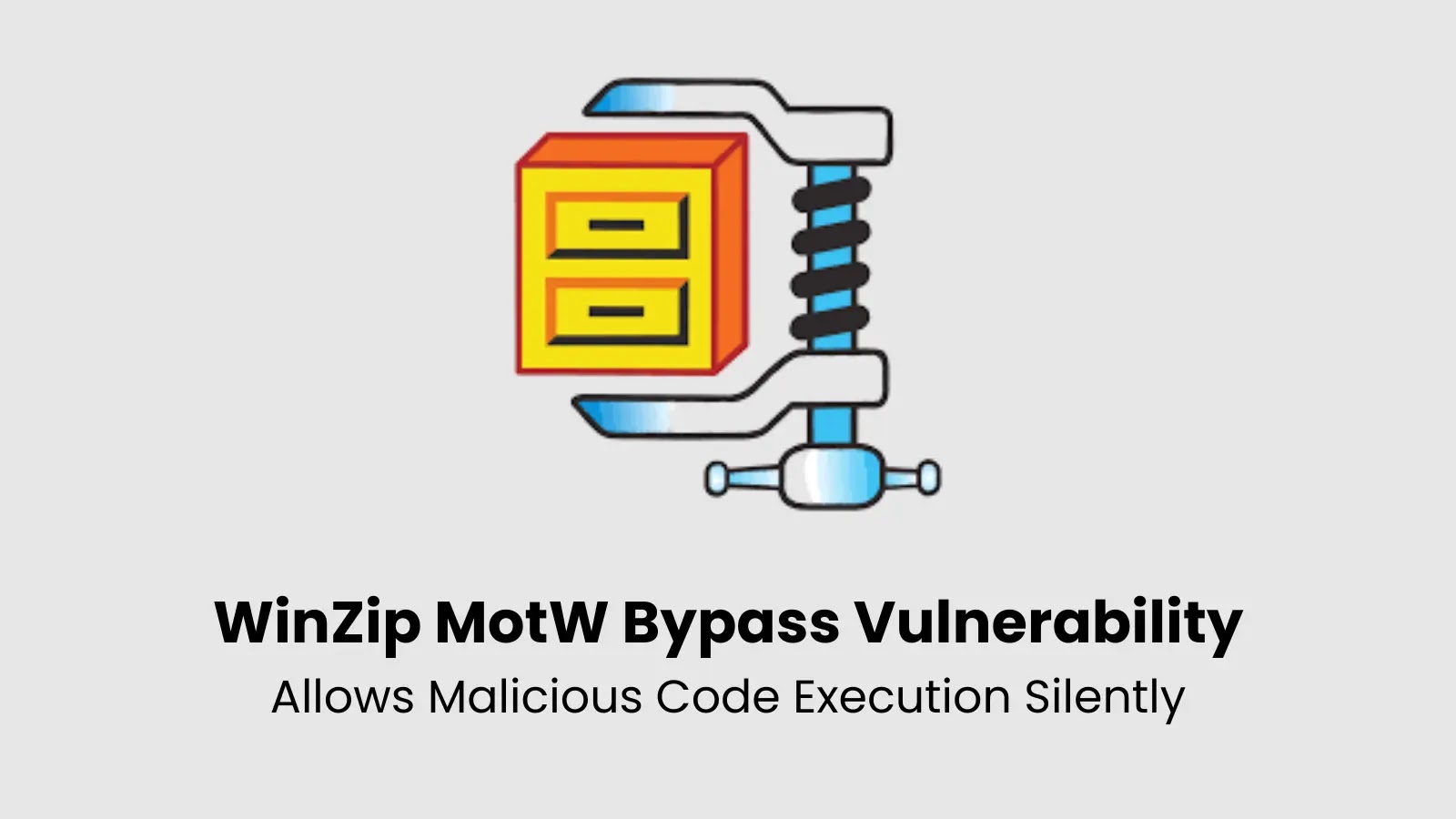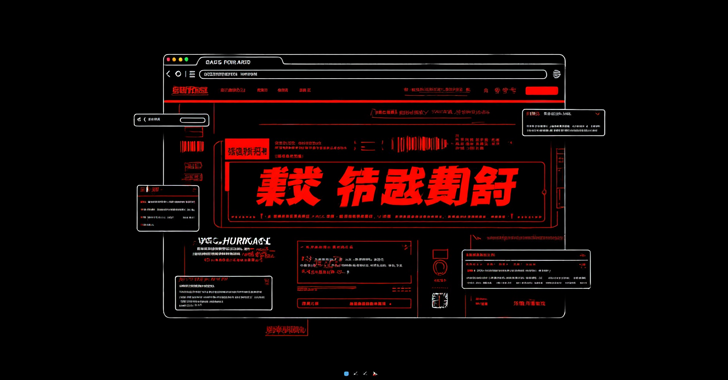A significant security flaw has been identified in WinZip, a widely used file compression utility, which permits attackers to circumvent Windows’ Mark-of-the-Web (MotW) security feature. This vulnerability, designated as CVE-2025-33028, affects WinZip versions up to 29.0 and has been assigned a high severity score of 7.8 on the Common Vulnerability Scoring System (CVSS).
Understanding the Mark-of-the-Web (MotW):
The Mark-of-the-Web is a security mechanism in Windows that flags files downloaded from the internet, alerting users to potential risks when opening such files. This feature is crucial in preventing the execution of malicious code by providing warnings and restricting certain functionalities in files originating from untrusted sources.
Details of the Vulnerability:
Security researcher Enis Aksu discovered that WinZip fails to preserve the MotW tag when extracting files from downloaded archives. Specifically, when a user extracts files from a ZIP archive obtained from the internet, WinZip does not propagate the MotW tag to the extracted files. This oversight allows potentially harmful files, such as macro-enabled Office documents, to execute without triggering security alerts, thereby creating a silent attack vector.
Exploitation Process:
The exploitation of this vulnerability involves several steps:
1. Creation of Malicious Archive: An attacker embeds a malicious file, such as a macro-enabled Word document (.docm), into a ZIP archive.
2. Distribution: The attacker disseminates the malicious archive through phishing emails or compromised websites, enticing users to download it.
3. Extraction Using WinZip: The victim extracts the contents of the archive using a vulnerable version of WinZip.
4. Execution Without Warnings: Due to the absence of the MotW tag, the extracted malicious file executes without any security warnings, potentially leading to unauthorized code execution.
Potential Impact:
The successful exploitation of this vulnerability can have severe consequences, including:
– Unauthorized Code Execution: Attackers can run arbitrary code on the victim’s system, leading to further compromise.
– Privilege Escalation: Malicious code may gain elevated privileges, allowing deeper system access.
– Data Theft: Sensitive information stored on the system can be exfiltrated.
– System Takeover: Attackers can gain full control over the affected system, potentially using it as a foothold for further attacks.
Relation to Previous Vulnerabilities:
This issue appears to be an incomplete fix for a previously identified vulnerability, CVE-2024-8811, suggesting ongoing challenges in securing archive extraction processes. Similar MotW bypass vulnerabilities have been reported in other popular archive utilities, including 7-Zip (CVE-2025-0411) and WinRAR (CVE-2025-31334), indicating a troubling trend in archive software security that attackers exploit.
Mitigation Measures:
As of now, no official patch is available for this specific WinZip vulnerability. Users are advised to take the following precautions:
– Exercise Caution: Avoid opening archive files from untrusted or unknown sources.
– Use Alternative Utilities: Consider using other archive utilities that properly handle the MotW tag.
– Antivirus Scanning: Scan all extracted files with updated antivirus software before opening them.
– Disable Macros: Disable the automatic execution of macros in Office applications to prevent potential exploitation.
Recommendations for Enterprise Administrators:
Organizations should implement additional controls to monitor and restrict the execution of newly extracted files within corporate environments. This includes enforcing strict policies on the use of archive utilities and educating employees about the risks associated with opening files from untrusted sources.
Conclusion:
The discovery of this vulnerability underscores the importance of robust security measures in software utilities that handle file extraction. Users and organizations must remain vigilant and adopt a defense-in-depth approach to cybersecurity, ensuring that even routine file operations do not become vectors for malicious attacks.



